Abronia macrocarpa commonly is known as large-fruited sand verbena. The fragrant herb with delicate pink or magenta flowers is protected as an endangered species under Texas Parks and Wildlife Department Executive Order No. 88-003, dated December 30, 1988. It also is protected federally through the Endangered Species Act of 1973, under which it was listed on September 28, 1988.

Large-Fruited Sand Verbena (Abronia macrocarpa): Endangered But Not Forlorn
Found only in three east Texas counties, large-fruited sand verbena (Abronia macrocarpa) was considered endangered in 1988 but has staged a comeback.
Abronia macrocarpa is described as an endemic (Greek: ἐν, en, “in” + δῆμος, demos, “people, district”). As an endemic, it is found only in a specific geographic range, which is three counties -- Freestone, Leon, and Robertson -- in eastern Texas. Communities are separated from each other by no more than about 50 miles (80 kilometers). Abronia macrocarpa is found in the easternmost extent for its genus, where it maintains its existence in allopatry (Greek: ἄλλος, allos, “other” + πατρίδα, patrida, “fatherland”), that is, in isolation, from the other three native Texan species of the Abronia genus. The ranges of its closest relatives, Amelia’s sand verbena (Abronia ameliae) in south Texas and snowball sand verbena (Abronia fragrans) in northwest Texas, each lie at a distance of 186 miles (300 kilometers).
The first scientific collection of Abronia macrocarpa took place in Leon County in 1968 by esteemed economic botanist Dr. Donovan Stewart Correll (April 13, 1908-March 28, 1983), who headed the Botany Department at Texas Research Foundation in Renner from 1956 to 1971, and his wife, Helen B. Correll. The Corrells added the specimen to the collection at the Lundell Herbarium at Texas Research Foundation, Renner. In 1972 Abronia macrocarpa was described as a new species by Dr. Leo Aldis Galloway, who noted the danger of imminent extinction, given the existence of fewer than 200 plants at the collection site, combined with degradation from onsite resort development and concomitant recreational activities.
In 1992, only three communities were known, one apiece existing in each of the three counties. The population was distributed unevenly, with only two plants in Robertson County, several hundred in Leon County, and several thousand in Freestone County. The community in Freestone County was discovered just prior to the U.S. Fish and Wildlife Service Recovery Plan of 1992 and was, therefore, still unassessed. The community in Leon County ranged over an area of about 25 acres (10 hectares).
Since 1992, fortunately six more wild communities have been discovered. A total of nine wild communities is now documented, all on private lands. Sites range in population from 750 to 30,000 and in size from 2.7 to about 30 acres (1.1 to 12 hectares).
Out of nine experimental reintroductions, whereby species are restored to their native habitat, three small communities have seen successful establishment.
Freestone County
Freestone County, the northernmost of the three counties, is home to two wild communities (identified as WP1 and WP8) and one experimental population (EP4).
Located at about the midpoint of the county’s southern border, WP1 population in 2002 was estimated at 28,000 on 20.7 acres (8.4 hectares).
Situated on 29.8 acres (12.1 hectares) in the central southeastern part, WP8 has experienced a dramatic increase in population from 1,000 in 2002 to 30,000 in 2008. Northeasterly of WP8 is EP4, which had a population of 13 in 2008 on 0.0014 acres (0.0006 hectares).
Leon County
Leon County borders Freestone’s southern boundary. Leon is home to four wild communities and two experimental populations.
In the northwestern corner, WP2 has a population of 6,200 plants on 5.4 acres (2.2 hectares).
Just to the southwest of WP2 is WP3, with a population of 12,000 in 2008 on 89.6 acres (36.3 hectares).
In the central northwest is WP9, with unknown population and size at the time of the 5-Year Review in 2010.
In the southwestern corner, WP4 had a population of 8,000 in 2008 on 8.4 acres (3.4 hectares).
Located off towards the northeast, EP7 had a population of 17 in 2008 on 0.0014 acres (0.0006 hectares).
In the central southwest, almost midway on a line passing from WP4 northeast to WP9, EP2 had a population of 29 in 2008 on 0.0014 acres (0.0006 hectares).
Robertson County
Sharing its eastern border with Leon’s western border, Robertson County is home to three wild communities, all clustered in the southeastern corner.
- WP7, the southeasternmost of the three, had a population of 4,500 in 2002 on 11.11 acres (4.5 hectares).
- Northwest of WP7 is WP6, with a population that decreased from 2,000 in 2002 down to 750 in 2008 on 10.6 acres (4.3 hectares).
- Nearby to the west is WP5 with a population that increased from 4,000 in 2002 to 5,000 in 2008 on 2.9 acres (1.2 hectares).
Abronia macrocarpa might be a descendant of Abronia fragrans.
Abronia macrocarpa's closest relative, Fragrant Verbena aka Sweet Sand Verbena aka Snowball Sand Verbena (Abronia fragrans), lives 186 miles (300 km) away, in northwestern Texas.
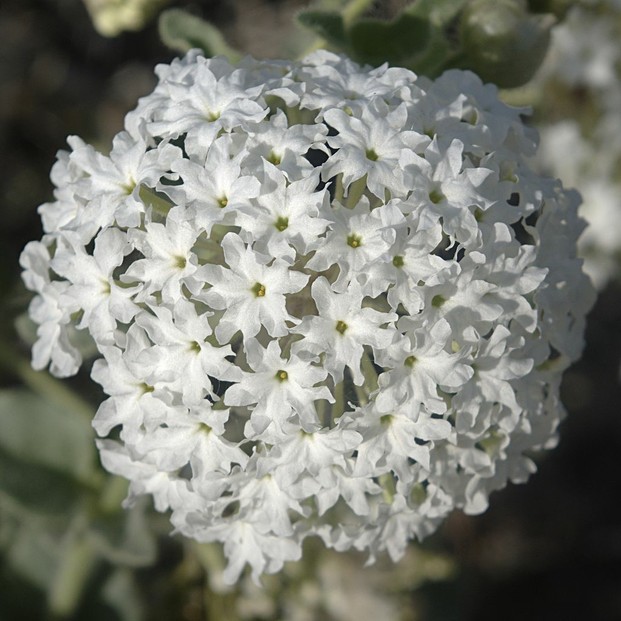 inflorescence of Sweet Sand Verbena (Abronia fragrans): Rio Arriba County, north central New Mexico |
Abronia macrocarpa's phenology: seasonal pattern of its life cycle
Over the decades since its discovery, Abronia macrocarpa has become less of a mystery. Four scientific investigations conducted by biologist Dr. Paula Williamson and her graduate students, Gena Corlies Janssen, Carolyn Grace Meredith, and Jacqueline Goodson, at Southwest Texas State University in San Marcos between the mid-1990s and 2008 have significantly advanced scientific knowledge of Abronia macrocarpa’s ecosystem.
Essential to recovery efforts is an understanding of Abronia macrocarpa’s phenology (Greek: φαίνω, phainō, “to show, to bring to light, to make to appear” + λόγος, logos, “study, discourse, reasoning”), meaning the seasonal pattern of its life cycle.
The highest germination rates for Abronia macrocarpa’s seeds occur in the autumn and winter. No germination occurs from late spring to early autumn, May to September.
Seedling growth initially focuses on the taproot, which plunges directly downward and anchors the plant in the sandy soil.
Rosettes, which are a leafy whorl at the base of the stem, form from late autumn through winter, October to February. Inflorescence (Latin: inflorescere “to begin to flower”), i.e., flowering, and anthesis (Greek: ἄνθος, anthos, “flower” + -ησις, esis, “action, process, condition”), that is, opening to full bloom for optimum fertilization receptivity, for fruit setting (i.e., fertilizing) peak in April and May.
From mid-May or June until October, the above-ground parts die. During this dormancy period, the taproot perenniates, that is, it persists as a perennial (Latin: per, “through” + annus, “year”).
Occasionally in the autumn, after heavy rainfalls, flowering recurs.
Flowers, in striking pink or magenta clusters of 25 to 48, with an average inflorescence of 31, radiate from stems to form a capitulum (Latin: diminutive of caput, “head”), a dense, rounded, head-like shape. Flowers consist of slender tubes, about 0.7 to 1.3 inches (1.8 to 3.3 centimeters) in length, that terminate in five nearly divided lobes with a width of 0.3 to 0.4 inches (0.8 to one centimeter). Each capitulum is subtended, i.e., cradled, by five green-pink bracts (Latin: bractea, "thin metal plate"), i.e., leaflike parts located at the base of the flower.
Flowers open centripetally (Latin: centrum, “center” + petere, “to fall, rush out”), that is, successively from the periphery toward the center. Open from 3:00 or 4:00 in the afternoon until 9:00 or 10:00 the next morning, flowers exude a sweet fragrance reminiscent of honeysuckle that intensifies around dusk and maintains intensity through the night. The times of opening and of fragrance intensification typify moth-pollinated flowers.
Abronia macrocarpa fruit is termed an achene (Greek: ἀ-, a-, “without” + χαίνω, chainō, “to gape”) as it is a small, dry, one-seeded capsule that is indehiscent (Latin: in-, “without” + dehiscere, “to split open”), that is, it does not naturally open to release its seed. The fruit develops within an anthocarp (Greek: ἄνθος, anthos, “flower” + καρπός, karpos, “fruit”), a fused enclosure created at the floral base in the perianth, which is comprised of five pink sepals with narrow tubular extensions.
Anthocarps may be formed by unpollinated flowers. Nevertheless, only pollinated and fertilized flowers develop achenes in their anthocarps.
Abronia macrocarpa’s anthocarps, which measure 0.3 to 0.6 inches (8 to 15 milimeters) in length and 0.2 to 0.5 inches (5 to 12 millimeters) in width, are the largest in their genus.
Anthocarps reach maturity within about three weeks, with concomitant color changes from initial green, pinkening, to maturative brown.
Interestingly, as a sign of successful pollination, the stems, or peduncles (Latin: pes, “foot”) pinken and bend down at a straight angle (180°), whereas the peduncles of unpollinated flowers become brown and are angled only halfway, at 90°.
Although dispersed by the wind, Abronia macrocarpa anthocarps do not travel far from their parent plants. In fact, they mainly land less than 12 inches (30.4 centimeters) away. This abbreviated wayfaring probably factors into Abronia macrocarpa’s habitable distribution, which is characterized as clumped-contagious, meaning that the presence of one plant almost always signals others in proximity.
Abronia macrocarpa: Autoecology and synecology
Abronia macrocarpa’s autoecology (Greek: αὐτo-, auto-, “same, self” + οἶκος, oikos, “house” + -λογία, -logia, “study of”), which is its relationship with its environment, and its synecology (Greek: σύν, syn, “with” + oικoλoγία, ecologia, “house” + “study”), which is interrelationships between it and other inhabitants of the site, reveal a persistent faunal and floral community and a consistent geological environment.
Consistently coexisting floral species include eastern prickly pear (Opuntia compressa), largebracted plantain (Plantago aristata), silver croton (Croton argyranthemus), and Texas sandmint (Rhododon ciliatus).
Abronia macrocarpa typifies moth-pollinated flowers with the late evening to mid-morning timing of floral openings and with its early evening fragrance intensification. Primary pollinators of Abronia macrocarpa are identified as crepuscular (Latin: crepusculum, “twilight”) and nocturnal (Latin: nox, “night”) moth species in the Sphingidae family (sphinx moths) and Noctuidae family (noctuid moths).
Representative sphinx visitors include lettered (Deidamia inscripta), obscure (Erinnyis obscura), and pawpaw (Dolba hyloeus). A representative noctuid pollinator is the large necklace moth (Hypsoropha monilis). Food sources for the caterpillars (larval stage) of these moths, such as grapevines (genus Vitis), milkweed (genus Asclepias), and possumhaw holly (Ilex decidua), are located as well at Abronia macrocarpa sites.
Abronia macrocarpa is described as an edaphic (Greek: ἔδαφος, édaphos,“base, ground, soil”) plant species. Its habitat presents specific edaphic, or soil, conditions. A layer of acidic, nearly infertile sandy soil, with a depth of 31 to 50 inches (79 to 127 centimeters), covers a sandy clay loam substratum (Latin: sub, “under” + stratum, “thing spread out”). The sites of Abronia macrocarpa communities all have soils that are derived from Carrizo, Queen City, and Sparta Sands, geological formations dating back to the Eocene (Greek: ἠώς, eos, “dawn” + καινός, kainos, “new”) geological epoch of 34 to 56 million years ago. These formations outcrop across eastern Texas stretching from the Louisiana border in the northeast to the Rio Grande in the southwest.
The habitats in Freestone County occur in Carrizo Sands (WP8, EP4) and Queen City Sands (WP1). In Leon County habitats occur in all three geological formations: Carrizo (WP2, WP3), Queen City (WP9, EP7), and Sparta (WP4, EP2). The three communities in Robertson County all occur in Sparta Sands sites.
In this consistent edaphic microhabitat, Abronia macrocarpa thrives because it is a psammophile (Greek: ψάμμος, psammos, “sand” + φίλος, philos, “dear, beloved”), which means that, as a species, it is specifically adapted for a life rooted in sandy soil.
Abronia macrocarpa’s communities plunge their taproots into these soils in open and disturbed areas of savannah woodlands of post oak (Quercus stellata), a small white oak.
These autoecological and synecological identifications of Abronia macrocarpa’s ecosystem and other consistent faunal, floral, and geological components aid in locating high-potential reintroduction sites as well as hitherto unknown wild communities.
Lady Bird Johnson Wildflower Center is one of three repositories for Large-Fruited Sand Verbena seeds; Mercer Arboretum and Botanic Gardens and the National Seed Storage Laboratory (Fort Collins CO) are the other two.
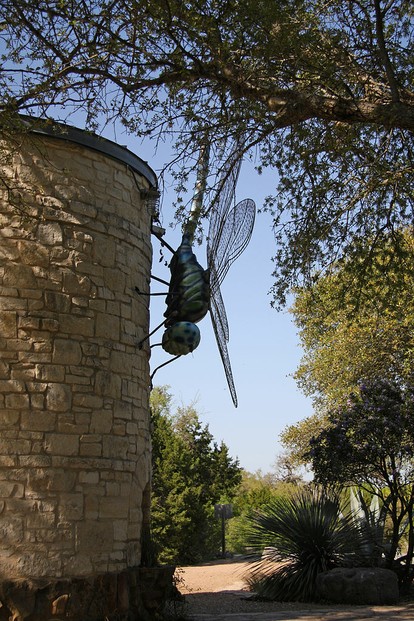 giant dragonfly sculpture on side of stone water cistern tower, Lady Bird Johnson Wildflower Center, Austin, Texas |
Recovery priority number: From 2 in 1992 to 8 in 2010
Over two decades after its designation as endangered, Abronia macrocarpa is clinging to existence. Cautious optimism may very well be the watchword. The five-year review conducted by the Austin Ecological Services Field Office of the U.S. Fish and Wildlife Service determined that the high potential for recovery is confirmed by the compatibility of conservation measures with current land usage, the cooperation of private landowners with conservation and reintroduction, and the unlikelihood of conflict between recovery and economic activity.
Consequently, the 2010 review assigned to Abronia macrocarpa a recovery priority number of 8, which indicates a moderate degree of threat and a high recovery potential. The range for recovery priorities is from 1 to 18, with a rank of 1 representing the highest recovery priority. In 1992 Abronia macrocarpa had a recovery priority number of 2, indicating a high degree of threat and a high recovery potential.
Over the years the goal consistently has remained to establish Abronia macrocarpa as a stable species and then to remove it from its protected status.
Downlisting and Delisting Criteria
The criterion for downlisting, i.e., reclassifying, a species from endangered to threatened status requires the establishment of at least twenty healthy, stable communities, each with a population at the minimum of 600 plants. Healthy communities are defined as demographically stable, genetically viable habitats, each with an area of at least 25 acres (about 10 hectares), and occurring throughout their native and potential range.
The criterion for delistment, i.e., removal, from the list of threatened and endangered species requires the maintenance of a viable population of at least 20 healthy, stable communities for at least a decade. Additionally, the assurance of continued protection necessitates long-term agreements and management plans.
At this point Abronia macrocarpa is not eligible for downlisting or delisting. Although the critical minimum of 600 plants is exceeded in all of the nine wild communities, the minimal size criterion of 25 acres is met by only one. Population growth could be boosted by the discovery of additional, currently unknown communities. Also, continued viability of the species is anticipated through seeds, collected by Dr. Williamson from seven wild populations, which are stored in seed banks at Lady Bird Johnson Wildflower Center, Mercer Arboretum and Botanic Gardens, and the National Seed Storage Laboratory in Fort Collins, Colorado.
All communities are located on private land and are benefiting from cooperation by landowners in conservation measures, such as conducting activities involving herbicide application, small-scale vegetative clearing, and mowing in months outside Abronia macrocarpa’s active growth period, which is from October to May. Nevertheless, the private landowners have not been interested in signing voluntary conservation agreements.
Abronia macrocarpa: In the pink
In sum, this pink-magenta flowered species is responding to the careful scientific, governmental, and lay attention that is directed towards its survival. Total population has more than doubled from 35,250 in 1996 to 94,509 in 2008. Hope is justifiably rising. The forlorn virtual extinction that seemed imminent in the early 1970s appears less likely now.
Overall Abronia macrocarpa appears to be relatively in the pink, that is, in perfect condition.
Acknowledgment
My special thanks to talented artists and photographers/concerned organizations who make their fine images available on the internet.
Image Credits
post oak savanna, Cedar Park, Williamson County, central Texas: Matthew Rutledge (rutlo), CC BY 2.0, via Flickr @ https://www.flickr.com/photos/rutlo/3423141176/
Abronia macrocarpa county distribution in Texas: USDA Natural Resources Conservation Service, Public Domain, via USDA PLANTS Database @ http://arcmapper.sc.egov.usda.gov/output/Counties_hyborea1v1752285618899.jpg
Large-Fruited Sand Verbena 5-Year Review: Summary and Evaluation (2010), page 14: USFWS Austin Ecological Services Office, Public Domain, via USFWS Southwest Regional Office @ http://www.fws.gov/southwest/es/Documents/R2ES/Large-fruited_sand-verbena_5-year_Review.pdf
inflorescence of Sweet Sand Verbena (Abronia fragrans): Rio Arriba County, north central New Mexico: JerryFriedman, CC BY-SA 3.0, via Wikimedia Commons @ https://commons.wikimedia.org/wiki/File:Abronia_fragrans_flowers1.jpg
Abronia macrocarpa; photo by Dr. Paula Williamson: Public Domain, via Wikimedia Commons @ https://commons.wikimedia.org/wiki/File:Abronia_macrocarpa_FWS.jpg; via U.S. Fish and Wildlife Service @ https://www.fws.gov/southwest/es/Documents/R2ES/Large-fruited_sand-verbena_5-year_Review.pdf
Abronia macrocarpa flower + anthocarp + seed: photo by Dr. Paula Williamson: USFWS Large-Fruited Sand Verbena 5-Year Review (2010), page 10, Public Domain, via USFWS Southwest Regional Office @ https://www.fws.gov/southwest/es/Documents/R2ES/Large-fruited_sand-verbena_5-year_Review.pdf
Bracted Plantain (Plantago aristata), Wind Cave National Park, South Dakota: Jim Pisarowicz/National Park Service, Public Domain, via NPS Wind Cave National Park-South Dakota @ http://www.nps.gov/wica/naturescience/wildflowers-bracted-plantain.htm; Public Domain, via National Park Service, https://www.nps.gov/media/photo/view.htm?id=9960EE5D-155D-4519-3EDE11905BEA4254
eastern prickly pear (Opuntia compressa), Dresden Botanical Garden, Saxony, eastern Germany: Olaf Leillinger, CC BY-SA 2.5, via Wikimedia Commons @ https://commons.wikimedia.org/wiki/File:Opuntia.compressa.7689.jpg
stages of Obscure Moth; Jan Sepp, Surinaamsche (1850), Vol II, Plate 96, opposite page 215: Public Domain, via Biodiversity Heritage Library @ http://biodiversitylibrary.org/page/33053733
possumhaw holly (Ilex decidua), Two Rivers Park, Little Rock, Arkansas: Eric Hunt (Eric in SF), CC BY SA 4.0, via Wikimedia Commons @ https://commons.wikimedia.org/wiki/File:Ilex_decidua_4.jpg
giant dragonfly sculpture on side of stone water cistern tower, Lady Bird Johnson Wildflower Center, Austin, Texas: Dcrjsr, CC BY 3.0, via Wikimedia Commons @ https://en.wikipedia.org/wiki/File:WildflowerCtr_dragonfly_onTower.jpg
Shade Bog Garden, Mercer Arboretum and Botanic Gardens: Michael Martin (pinemikey), CC BY SA 2.0, via Flickr @ https://www.flickr.com/photos/pinemikey/2358883895/
National Seed Storage Laboratory, Fort Collins, north central Colorado: National Center for Genetic Resources Preservation (NCGRP), Public Domain, via USDA Ag Res Svc (ARS) @ http://www.ars.usda.gov/aboutus/docs.htm?docid=17890
Abronia macrocarpa; cover of 1992 Large-fruited Sand-verbena Recovery Plan: Public Domain, via US Fish and Wildlife Service @ http://www.fws.gov/ecos/ajax/docs/recovery_plan/920930d.pdf
Indian blanket (Gaillardia pulchella), Onion Creek Hike and Bike Trail, McKinney Falls State Park, Austin, central Texas: Wing-Chi Poon, CC BY-SA 2.5, via Wikimedia Commons @ https://commons.wikimedia.org/wiki/File:Firewheel_or_Indian_Blanket_with_a_Spider_at_the_back.jpg
Amelia's sand verbena (Abronia ameliae); photo by Clarence A. Rechenthin, USDA NRCS East Texas PMC (ETPMC): Public Domain, via Wikimedia Commons @ https://en.wikipedia.org/wiki/File:Abronia_ameliae_1.jpg; via USDA PLANTS Database @ https://plants.usda.gov/home/plantProfile?symbol=ABAM2
Sources Consulted
“Abronia macrocarpa.” National Collection Plant Profile. Center for Plant Conservation. www.centerforplantconservation.org. Profile updated 9/27/2010.
- Available at: http://www.centerforplantconservation.org/collection/cpc_viewprofile.asp?CPCNum=16061
Galloway, Leo A. “Abronia macrocarpa (Nyctaginaceae): a new species from Texas.” Brittonia, Vol. 24, No. 2 (April-June 1972): 148-149.
Galloway, Leo A. “Systematics of the North American Desert Species of Abronia and Tripterocalyx (Nyctaginaceae).” Brittonia, Vol. 27, No. 4 (October-December 1975): 328-347.
Middleton, Susan and David Liittschwater. Witness: Endangered Species of North America. San Francisco: Chronicle Books, 1994.
Rutman, Sue. “Endangered and Threatened Wildlife and Plants; Proposed Endangered Status for Abronia macrocarpa (Large Fruited Sand Verbena).” Federal Register, Vol. 52, No. 115 (1987): 22944-22946.
Sepp, Jan. Surinaamsche Vlinders Nar Het Leeven Geteekend. Papillons de Surinam Dessinés d'Après Nature. Tweede Deel. Amsterdam: J.C. Sepp en Zoon, 1850 (?).
- Available via Biodiversity Heritage Library at: http://www.biodiversitylibrary.org/bibliography/48616
Tiller, Anita A. “The Large-Fruited Sand Verbena.” Endangered Plant Species. Mercer Arboretum and Botanic Garden. www.cp4.hctx.net/mercer/ (Adapted from Parkscape, Summer 2001)
- Available at: http://www.cp4.hctx.net/mercer/conservation/articles/verbena.htm
U.S. Fish and Wildlife Service. Revised Status Report on Abronia macrocarpa. Report prepared by Kathryn Kennedy, Jackie Poole, and Steve L. Orzell. Albuquerque, New Mexico: U.S. Fish and Wildlife Service, Albuquerque, New Mexico, 1990.
U.S. Fish and Wildlife Service. Large-Fruited Sand-Verbena (Abronia macrocarpa) Recovery Plan. Report prepared by Kathryn Kennedy and Jackie Poole. Albuquerque, New Mexico: U.S. Fish and Wildlife Service, Albuquerque, New Mexico, 1992.
- Available at: http://www.fws.gov/ecos/ajax/docs/recovery_plan/920930d.pdf
U.S. Fish and Wildlife Service. Large-Fruited Sand-Verbena Abronia macrocarpa Galloway 5-Year Review: Summary and Evaluation. Review prepared by Chris Best. Austin, Texas: U.S. Fish and Wildlife Service, 2010.
- Available at: http://www.fws.gov/southwest/es/Documents/R2ES/Large-fruited_sand-verbena_5-year_Review.pdf
Williamson, Paula S., Lisa Muliani, and Gena K. Janssen. “Pollination Biology of Abronia macrocarpa (Nyctaginaceae), an Endangered Texas Species.” The Southwestern Naturalist, Vol. 39, No. 4 (December 1994): 336-341.
The closest community of Amelia's Sand Verbena (Abronia ameliae), one of Abronia macrocarpa's closest relatives, is over 186 miles (300km) away in south Texas' sand plain.
Both Abronia macrocarpa and Abronia ameliae are thought to be descended from Sweet Sand Verbena (Abronia fragrans), whose nearest community lives in northwestern Texas.
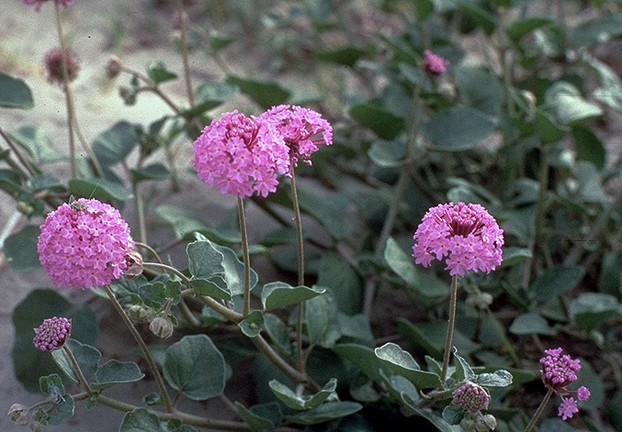 Amelia's sand verbena (Abronia ameliae); photo by Clarence A. Rechenthin, USDA NRCS East Texas PMC (ETPMC) |
Rare Plants of Texas: A Field Guide (W. L. Moody Jr. Natural History Series) ~ Available via Amazon
Since 1987, more than 225 species of threatened plants have been identified in Texas; too rare for mention or photos in standard field guides, only a handful of botanists have known what these plants or their habitats look like.
 |
| rare plants of Texas |
You might also like
Moloka'i Creeper (Paroreomyza flammea): Rare or Extinct Scarle...Found only on Hawaiian island of Moloka'i, Paroreomyza flammea, known as the ...
Socotra Dragon's Blood Tree (Dracaena cinnabari): Vulnerabilit...Dragon Blood Trees growing wild only on Yemeni island of Socotra offer orname...
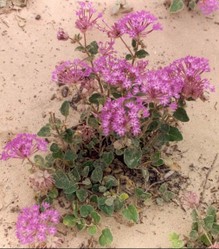

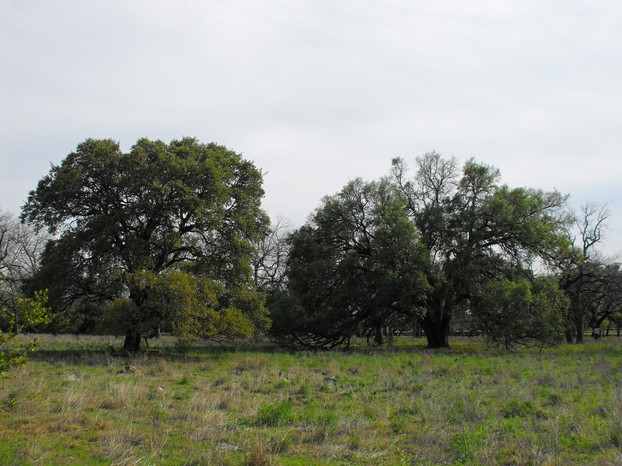
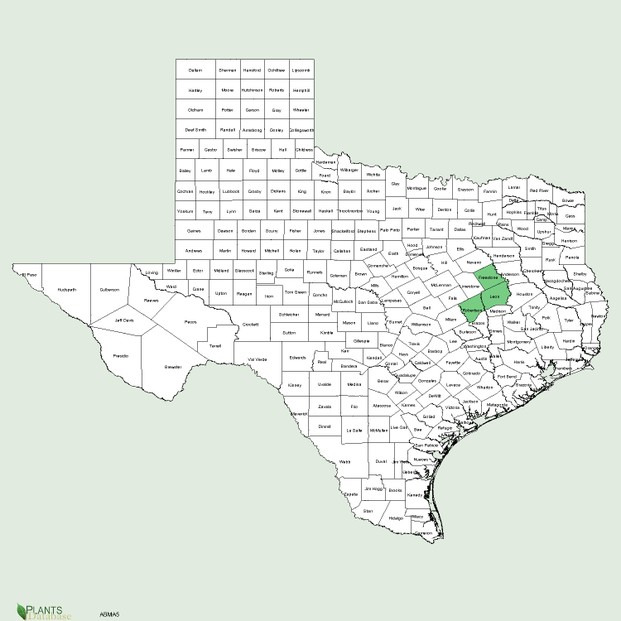
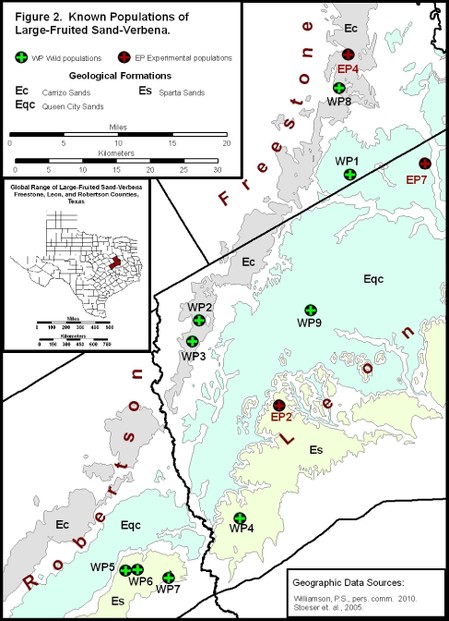
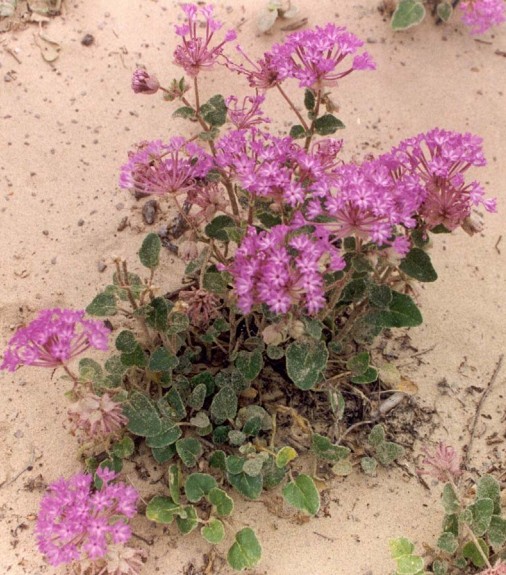
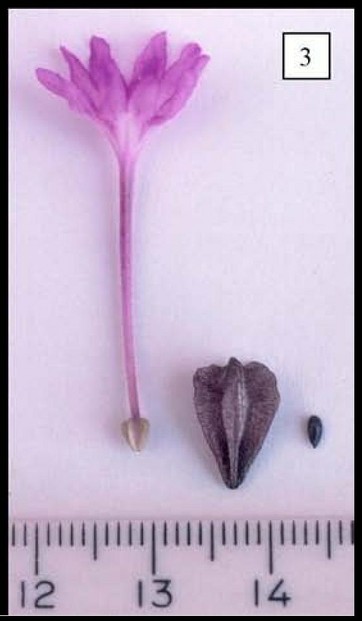
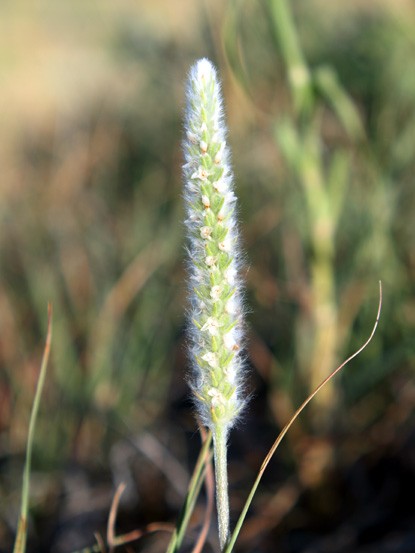
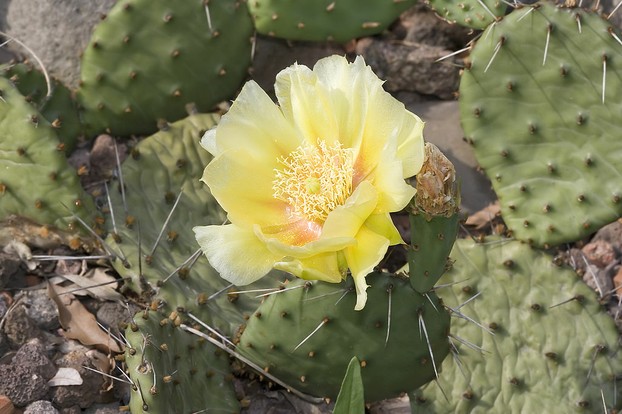
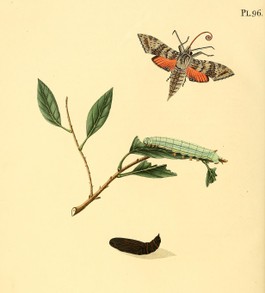
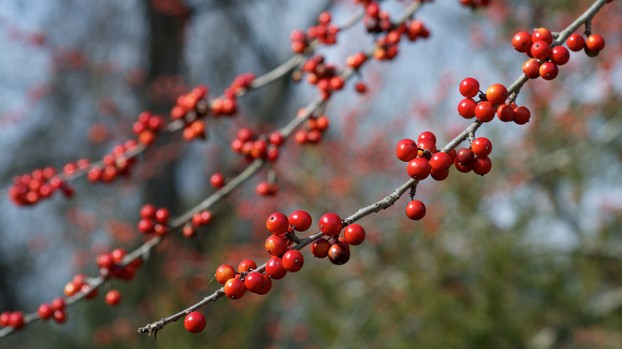
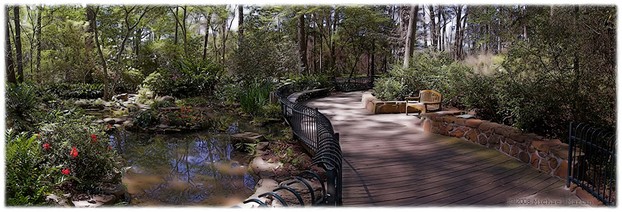
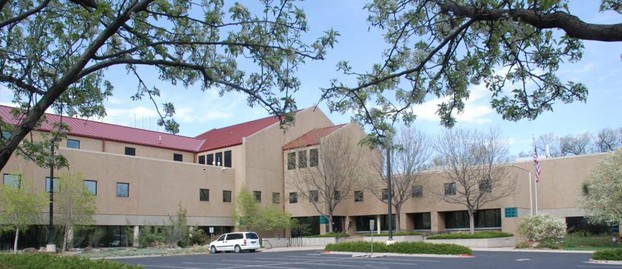
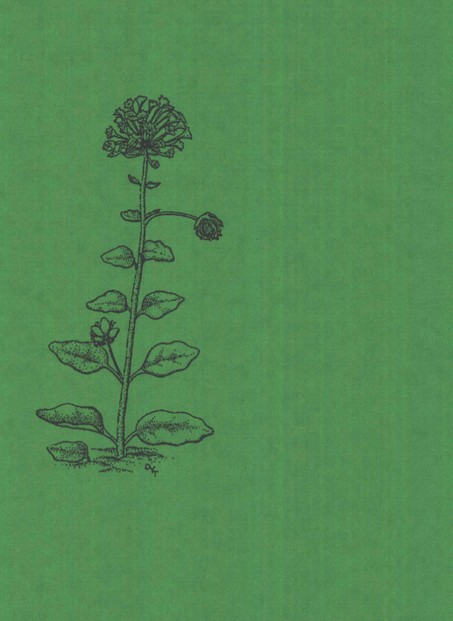
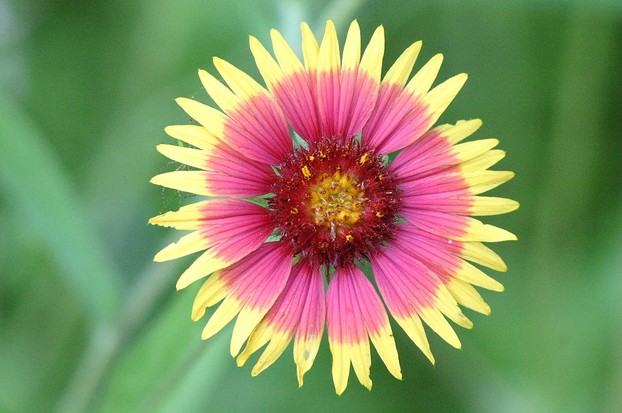


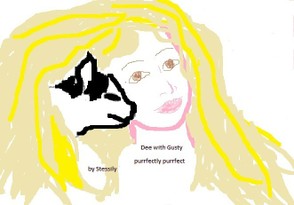

 Are Hawaiian Huakai Po Nightmarchers Avenging Halloween Thursday?on 10/02/2024
Are Hawaiian Huakai Po Nightmarchers Avenging Halloween Thursday?on 10/02/2024
 Mailing Addresses for 2023 Form 4868 Extending 1040 and 1040SR April 15, 2024, Due Dateon 04/15/2024
Mailing Addresses for 2023 Form 4868 Extending 1040 and 1040SR April 15, 2024, Due Dateon 04/15/2024
 Mailing Addresses for 2023 Forms 1040 and 1040SR Filed in 2024on 04/15/2024
Mailing Addresses for 2023 Forms 1040 and 1040SR Filed in 2024on 04/15/2024
 Mailing Addresses for 2022 Form 4868 Extending 1040 and 1040SR April 18, 2023, Due Dateon 04/13/2023
Mailing Addresses for 2022 Form 4868 Extending 1040 and 1040SR April 18, 2023, Due Dateon 04/13/2023

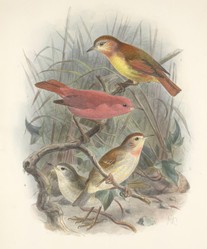
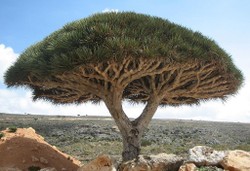
Comments
Mira, Large-fruited sand verbenas are spectacular in their native landscape in three east Texas counties. They're part of a dream I have of a back yard -- or greenhouse -- with endangered species.
These sand verbenas are so beautiful. I like their pink color, and I also like that snowball verbena in white. Do you have any of these in your back yard?